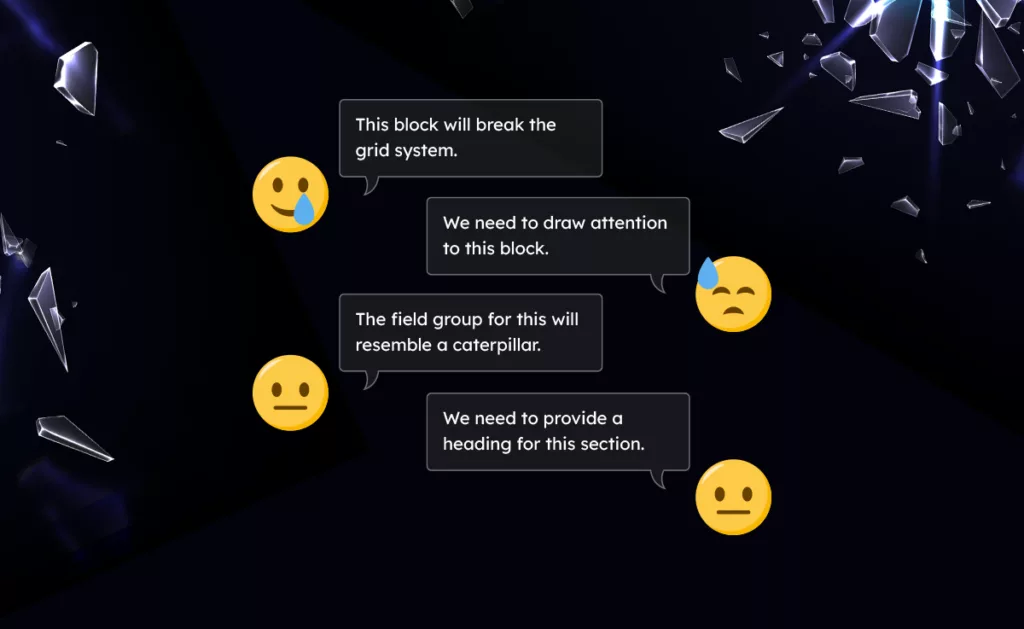In the world of creativity and problem-solving, the phrase 'an elephant is not a broom' holds significant meaning. If you're familiar with the tale of 'The Blind Men and the Elephant,' you probably know what it signifies. If not, the story revolves around a group of blind men who heard that an elephant had been brought to their town. Curious to learn about this creature, they went to "see" the elephant by touching it with their hands:
- The first blind man touched the elephant's leg and believed it was a sturdy pillar.
- The second blind man felt the elephant's trunk and compared it to a snake.
- The third blind man explored the elephant's ear and saw it as a fan.
- The fourth blind man encountered the tusk and considered the elephant a powerful weapon.
- The fifth blind man ran his hands over the elephant's back, perceiving it as a solid wall.
- The sixth blind man stood near the tail and described the elephant as a broom, noting the swishing motion.
Confusion arose as they debated and argued, each blind man certain of his own perception.
Does This Reflect on Us?
Doesn't it? As humans, professionals, and problem solvers, we often encounter complex concepts, projects, or problems. Our understanding of these complexities can become fragmented. Our diverse backgrounds, experiences, and expertise contribute to fragmented perspectives, where each person grasps only a portion of the overall complexity. This fragmentation can lead to misunderstandings, misinterpretations, and an incomplete understanding of the concept as a whole.
Real-World Instances
1. Web Team vs. a Certain Layout


- The web designer views the block as an element that should stand out and capture attention, focusing on its aesthetic appeal.
- The front-end developer sees the block in terms of structure, emphasizing that it should respect and fit within the established grid system to maintain a harmonious layout.
- The backend developer is concerned with the functional intricacies of the block, believing that it shouldn't be overly complicated, especially in terms of input from the admin panel.
- The web accessibility specialist focuses on the block's recognizability in the overall page structure, ensuring that the site remains navigable and understandable for all users, including those with disabilities.
2. Working on Packaging Design


- The content writer values the importance of comprehensive information, believing that added details can provide clarity and potentially benefit the customer's experience with the product.
- The graphic designer, on the other hand, prioritizes the visual integrity and legibility of the packaging. They believe that a balanced and uncluttered design ensures that the consumer can quickly grasp essential details without feeling overwhelmed.
3. A Typical Morning with Medley
My friend and I were on our way to work, lost in the rhythm of our favorite music playlist. The melodies played in the background as we chatted about random topics, not really paying close attention to the songs themselves.


Turns out, it was a medley—incorporating "3alik 3youn," "Law Ala Albi," and another song called "Maaol ansak," covered by Zena.
Bottom Line
Each role brings its own unique and valuable perspective, which contributes to the rich tapestry of ideas and insights within our working systems. However, when these perspectives become fragmented, they hinder our ability to grasp the full complexity of concept or idea. Our limited knowledge and biased viewpoints can restrict our understanding.
If you found this post interesting, I would love to hear your thoughts. Join the discussion on LinkedIn []. Your insights will be highly appreciated!